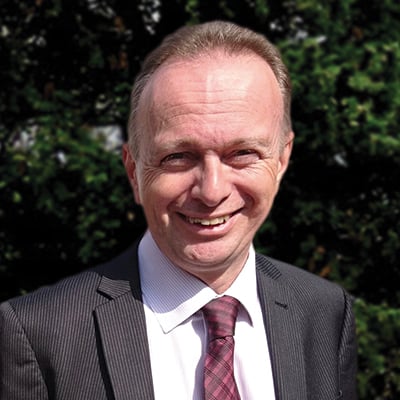
Richard Adams
As large gatherings are off the agenda due to COVID-19, here’s one engineer’s take on CIGRE’s biennial Paris Session from his home office in the UK.
CIGRE’s long history
Except during WWII, CIGRE’s signature Paris Session has taken place every even-numbered year since the organization’s founding in 1921. The Paris Session is where all 16 CIGRE Study Committees (SC) come together in one location for a week at the end of August to discuss pretty much all aspects of electricity generation, transmission, distribution and network operation. It’s an event that in 2018 brought together more than 3,600 delegates amongst 9,600 exhibition visitors and 300 international exhibiting companies to one location in the heart of Paris. Beyond the technical discussion sessions and tutorials, a vast array of meetings for Study Committees and Working Groups take place. There’s also a unique opportunity for networking with other electrical grid specialists on a global scale.
And then came 2020
As we all now know, 2020 is not a typical year. In April, CIGRE organizers made the difficult decision to move the Paris Session online for the first time since its inception, postponing the physical event to 2021. The resulting digital e-session was a comprehensive program of virtual presentations over nine days, with 84 sessions, including paper presentations, tutorials and workshops run over four simultaneous channels. Paper presentations were pre-recorded by the papers’ authors and formed into detailed session programs by the Study Committees for broadcast. The authors then joined for a live Q&A at the end of each session.
PACked agenda
As I am involved in the Study Committee B5 (Protection and Automation) session, there were two preferential programs that I helped prepare and run from the comfort of my UK home:
- PS1 Human Aspects in Protection, Automation and Control Systems (PACS)
- PS2 Communications Networks in Protection, Automation and Control Systems (PACS): Experience and Challenges
Of course, IEC 61850 and digital substations were featured amongst the discussions. IEC 61850 is a well-accepted standard now amongst international utilities, and whilst the degree of its application still varies, the process bus is becoming more prevalent.
SC B5 also hosted a tutorial split into two parts, presented live:
- Select topics on Distribution Protection
- Improved Metering Systems for Billing Purposes in Substations
The distribution topic reinforced CIGRE’s end-to-end (E2E) scope across all voltage levels. The metering presentation, based on Technical Brochure 789, provided useful insights into global practices, including the results of a survey of 21 utilities from 16 countries, as well as new technologies that could be applied.
My take-aways
I thought the virtual sessions worked well under the circumstances. The format and facilitation allowed parts of the Paris Session to proceed despite the current situation, allowing technical presentations and discussions to go ahead. The downside – besides the obvious lack of networking – was that the program took place during European daytime, which for me was not a problem. For many others, these sessions took place in the early hours of the morning or late at night in their time zones. Not ideal, but better than nothing in my estimation.
And while we all saved time and expense not traveling to France for this event, I missed the social aspect of meeting my peers in person versus via a screen. When engineers miss the social element of events, you know you’ve been on lockdown too long!
Here’s looking forward to the 2021 event now scheduled for August 20-25. This one will be a special Centennial Session with a similar format as previous (pre-2020) sessions. I for one am looking forward to traveling to Paris, attending the exhibition and networking with my colleagues from all around the world again.
